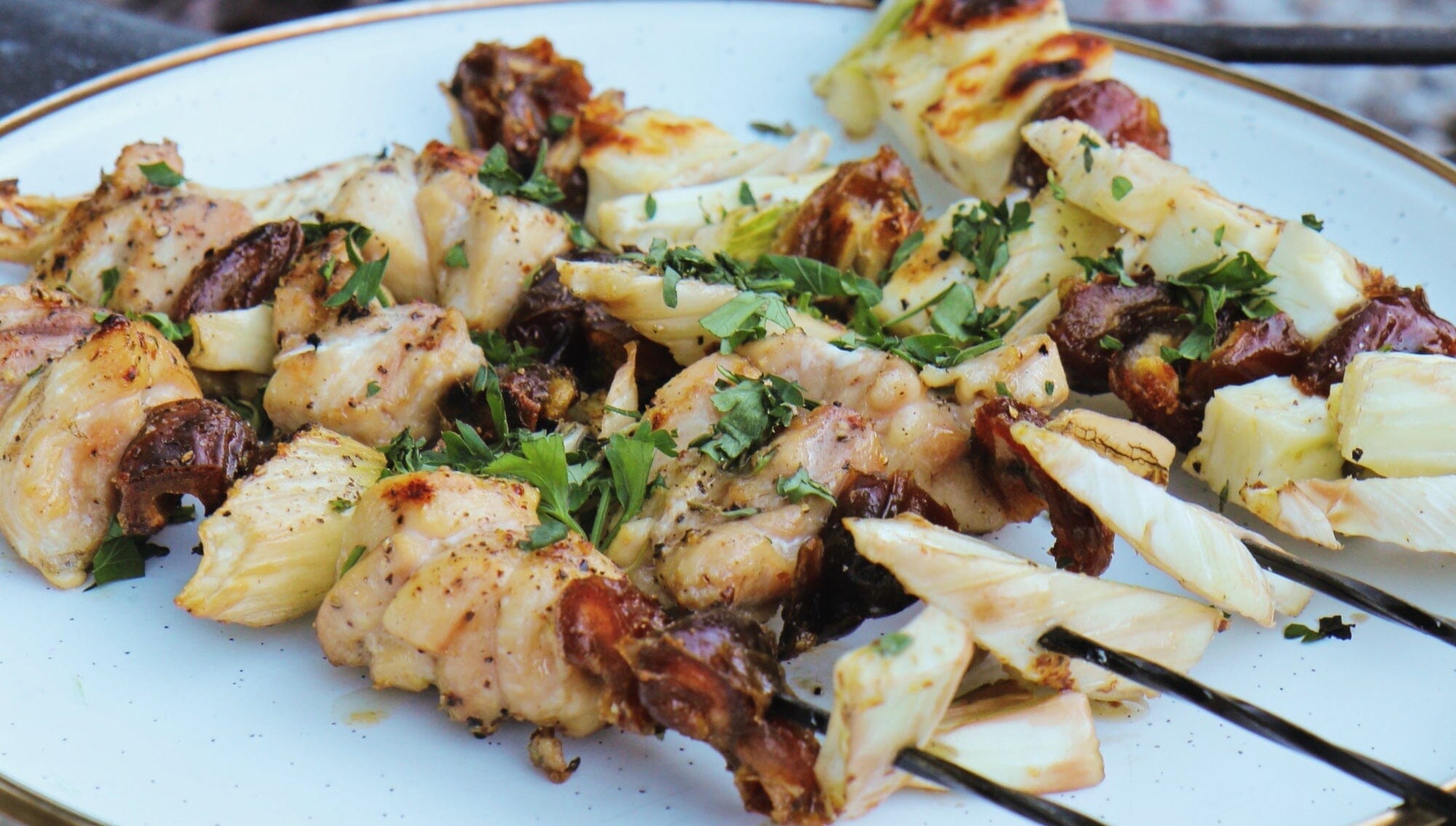Recipe & Photos by Holly Morgan

· · ·
The History of Chamomile
Chamomile is a familiar household name and a home remedy as ancient as the civilizations that discovered its use. Both the Egyptians and ancient Romans used chamomile in salves, lotions, burnt it as incense, and brewed it as a delicious and soothing tea. Ancient Romans also used chamomile as a “strewing herb,” spreading it along floors and passageways to enjoy the pleasant apple-like scent chamomile releases when walked upon - plus, it repels pests and insects, making it an excellent choice.
Interestingly, though two different species, both Roman and Egyptian chamomile is similar in appearance, flavor, and medicinal use. But, the tea we enjoy today is most often Roman chamomile.
Chamomile Tea Benefits
Chamomile is a beloved and easy-to-enjoy herb, most commonly used to help induce sleep and soothe anxiety. However, chamomile is so much more than just a lovely pre-bed beverage. It’s been used for centuries to treat a variety of ailments, such as reducing inflammation, decreasing pain from cramps and indigestion, reducing the blues, and providing antibacterial support. Plus, its mild, gentle taste and effectiveness is excellent for use with children who struggle with sleep, or are irritable or anxious.
Wild Chamomile Foraging
You can cultivate chamomile in most growing regions of the US - in fact, if you’ve ever heard of “pineapple weed” or seen the telltale pineapple-shaped yellow coned flowers (without chamomile’s typical white petals), you’ve seen a native version of chamomile. It’s extremely hardy and enjoys rocky soil; you can often find it sprouting between sidewalk cracks.
Pineapple weed can be foraged in most regions of the US and consumed like chamomile. However, common sense foraging rules apply: you’d do well to stay away from a minimum of 30 feet from a busy roadway, and avoid any places where runoff or fumes can collect. The wilder you can find it, the safer it generally is.
If foraging isn’t up your alley, you can buy chamomile tea in bags at nearly every grocery store in the US or visit your local herb shop or health food store for loose-leaf bulk options. Loose-leaf tea is your best option for optimal taste and reduces exposure to micro-plastics present in many tea bags.
Drinking Chamomile Tea In The Winter
Chamomile is lovely any time of year but offers extra support in the colder months, practically and emotionally. Its antibacterial and anti-fungal properties work hard to resist the seasonal colds that threaten to derail your holiday celebrations - and the ritual of a hot tea warms you from the inside out, especially as hands and feet get chilly on cold nights.
Chamomile tea is also excellent for those suffering from aches or pains brought on by dry or cold weather. It’s a good winter beverage for older folks or those with nerve pain. Plus, its gentle depression-reduction properties help to relieve the winter blues.
Preparing a warm and nurturing winter beverage is an intentional form of self-care and an opportunity to slow down and breathe deeply. Plus, connecting with plants through food allows us to put the daily rush into perspective and take a sliver of time for ourselves.
How to Make
Chamomile Tea Cinnamon Latte
Ingredients
- Chamomile Tea (1-2 teaspoons loose tea)
- Milk of choice
- Honey (about 1 teaspoon, or to taste)
- Cinnamon for dusting
Materials
- Enamel Cups
- Flatware
- Enamel Teapot
- Enamel Saucepan
Instructions
- Boil water and steep tea for 10 minutes, then strain into a cup.
- Add honey.
- Heat milk and whisk until frothy, adding to the cup of tea.
- Dust with cinnamon and enjoy!




